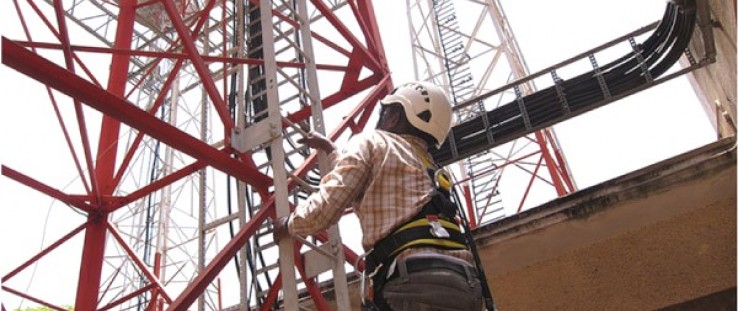 Samuel Maingi climbs Orange DadaabNet training tower.
Joe Simmons, NetHope
Samuel Maingi climbs Orange DadaabNet training tower.
Joe Simmons, NetHope
 Samuel Maingi climbs Orange DadaabNet training tower.
Joe Simmons, NetHope
Samuel Maingi climbs Orange DadaabNet training tower.
Joe Simmons, NetHope
Sayana Mohamed Hassan sits in front of a computer at a neighborhood community center in Dadaab, intently double-clicking the Web browser and logging in to her very first Skype account. She has spent the majority of her life without easy access to the Internet—until now.
In a remote corner of eastern Kenya, tens of thousands like Hassan have sought refuge from the famine, drought and armed conflict that has plagued Somalia for the past 22 years.
A sparse landscape of sand, wind and unyielding sun makes up the backdrop of the world’s largest refugee camp, a place that some have only ever known as home. In 2012, it was estimated that there were nearly 10,000 “third-generation” camp refugees—born in the Dadaab complex to parents who were also born there.
Hassan fled Kismayo, Somalia, and registered as a refugee in Dadaab’s Ifo camp in 1992. For the first time since she’s been at the camp, she can scan news updates on her home country and communicate with friends living outside of Dadaab thanks to a new high-speed network—DadaabNet.
In early 2012, in collaboration with Cisco, Microsoft and Inveneo, USAID’s Global Broadband and Innovations Program (GBI) and implementing partner NetHope supported the development and rapid deployment of the low-cost, high-speed broadband network. The network has delivered major benefits to the community, extending new opportunity for education and communication never before possible.
Hassan is especially grateful for the opportunities it represents for her son.
“I am a single mother. After my separation from my husband, I was required to live at my mother’s house and provide for my child,” she says. “With the use of the Internet, I hope that my son will be able to learn skills and knowledge to be successful.”
Working through NetHope in partnership with Cisco and the Norwegian Refugee Council (NRC), GBI recently completed the final stages in establishing the network in sustainable outreach community centers as part of the NRC Youth Education Pack Initiative. Four outreach centers and one ICT center are now connected to DadaabNet and the Internet. The connections became fully operational in late October 2013, and the centers are already attracting numerous groups.
“With Internet available in all five centers, youth have already started learning basic Internet operation skills,” said Eric Onudi Nyawara, ICT officer for NRC. “Many youth from both the refugee and host communities have already opened email and social media accounts.
“Some learners are already downloading educational material and registering for, or continuing with, online educational activities,” he said. “Services that were before either too expensive or completely inaccessible are now easily accessed.”
Soon single instructors will broadcast classes via video from any one of the centers, even when public Internet is unavailable. Distance learners are able to take class in remote camps via video-link, and in turn, tutors are able to learn new skills. IT support staff like Nyawara have seen an increase in registration numbers at the centers as a result.
More and more, wireless-based networking is opening up locations that have previously been hard to reach, and many disadvantaged populations are benefitting from innovative network models and new technology.
“As a woman, you are responsible for all the domestic chores in the house before you do your studies. This is why the girls are always behind in school,” explained Hassan. “You can only study and go to school with your remaining time.”
DadaabNet and distance learning will now make it easier for girls to keep up with their studies and stay in school.
The outreach community centers have three main areas of focus: vocational skills, life skills, and literacy and numeracy. Vocational training offered includes carpentry and joinery, tailoring, mechanics, ICT, computers and secretarial. Life skill courses are offered in areas such as the environment, gender and HIV/AIDS.
“Connection to the rest of the world gives refugees access to information and material that can have very positive social, entrepreneurial and educational impacts,” said Nyawara. “The skills learned have given them opportunities to acquire jobs with aid agencies, business opportunities and further studies up to university level both locally and internationally. Refugee mothers have also learned life skills key for improving hygiene and health for themselves and their children.”
Strong demand is key to attracting investment in infrastructure and bringing the Internet to underserved communities around the world. In Dadaab, this demand stemmed from a number of aid agencies working around the clock to provide relief. Connectivity through DadaabNet was originally established to support a massive international humanitarian operation in the face of extreme crises.
In summer 2011, the camp’s population spiked to half a million; the worst drought and famine in the Horn of Africa in more than 60 years had forced more than 1,000 people to Dadaab each day, with as many as 100,000 more unregistered. The camp was originally designed to accommodate 90,000 people.
Faster Speed, Lower Cost
Dadaab residents still struggle to survive, facing chronic overcrowding, disease, hunger and seasonal floods. These challenges have placed severe strain on the humanitarian agencies working to deliver critical life-saving services. Significant improvements and increases in reliable Internet connectivity were essential to coordinate relief efforts and save lives.
“When disaster strikes, the immediate needs are obvious: food, water, shelter and medical supplies, but none of these necessities reach survivors without a robust communication network to enable relief workers to save lives,” said Lynda Kigera, IT assistant for Save the Children.
Save the Children has been on the ground in Dadaab for the past five years and works in four of the five camps to educate children and protect them against violence and abuse. Last year, their teams reported serving 102,000 beneficiaries and reaching an additional 239,000 refugees indirectly.
“If you ask me, connectivity is the main theme behind every kind of relief effort,” Kigera said. “All the necessities will only reach the beneficiaries if there’s a communications network. This is where it starts.”
Save the Children is one of many agencies distributing food and providing housing, sanitation and medical relief to refugees. Other relief operations include those led by the United Nations High Commission for Refugees (UNHCR), the World Food Program, UNICEF, the International Organization for Migration and other NGOs, including Care, Kenya Red Cross, Oxfam, International Rescue Committee, Islamic Relief Worldwide, Catholic Relief Services and Norwegian Refugee Council.
“These organizations know that reliable and affordable connectivity enables their teams to better respond to crises,” said Gisli Olafsson, emergency response director at NetHope.
Before DadaabNet, each aid organization relied on its own VSAT system—a costly two-way satellite connection to the Internet.
NetHope, Inveneo and Cisco approached Kenyan commercial providers and partners with the commercial-grade high-speed network solution.
NetHope also arranged affordable pricing for Dadaab with local Kenyan service providers so that NGOs now pay a standard rate—less than half the cost of what they used to pay. Since deployment, the available capacity has nearly tripled to keep pace with demand as relief agencies begin to embrace the reliability of DadaabNet’s infrastructure model.
Responding NGOs and U.N. agencies now share the local area network, potentially saving tens of thousands of dollars that can instead be channeled towards providing direct relief services to residents.
“Speed has increased for a fraction of the cost—almost 20-fold—and most organizations have moved the VSAT systems to ‘failover mode,’ to be used only in the event that the new primary system fails,” said Kigera.
To ensure network operations stay locally sustainable, the DadaabNet team—made up of service provider technicians and trained Dadaab-based agency staff—has taken full ownership of the network, supporting maintenance and troubleshooting of ongoing operations.
“The primary goals are to make reliable, affordable Internet access available to the humanitarian workers and the community,” said Joe Simmons, connectivity and infrastructure director at NetHope. “Dadaab now has reliable access to the Internet and a high-speed local area network to enable shared resources, workforce and community development programs.”
A Luxury Others Take for Granted
The impact of the local interagency network is felt far beyond the obvious benefits of reduced cost and increased speed. Dadaab agencies that previously didn’t work together have now joined forces around common objectives—a benefit that will long outlive USAID or NetHope’s intervention. Aid organizations are now able to collaborate and share information more effectively and efficiently, communicating quickly between locations.
“Now that we’re working together, we’re capable of syncing down and really improving our network,” said Kigera.
“Dadaab is a challenging environment, but by bringing together the right technologists, local partners and innovative technical tools, its humanitarian agencies are now better connected than ever,” said Kristin Peterson, chief executive officer and co-founder of Inveneo. “We are increasingly using this unique, ecosystem approach to connect development organizations to high-quality broadband in underserved regions around the world.”
The impact of DadaabNet has been two-fold: A strong, sustainable network of NGOs and U.N. agencies have come together, and access has been extended to newly empowered refugees—an invaluable opportunity for education and connection beyond the deserts of Dadaab.
If nothing else, on a very basic but significant level, connectivity gives Dadaab refugees the opportunity to get in touch with each other regardless of their geographic location—a luxury so many others take for granted. Nyawara notes that after displacement due to conflict, knowing one can communicate and get in touch with loved ones and friends is “a first step towards relief, hope and optimism.”
After 22 years in the camps, Hassan continues to have hope for living a better, more peaceful life.
“I don’t lose hope. I still believe I may go to the USA or Europe one day,” she says. “When I go there, I can get a good job and my child will live a comfortable life.”
Emma Schwartz is with NetHope Inc.
The Internet Is Available Everywhere, But At What Price?
A humanitarian organization in a remote refugee camp can quickly set up a satellite dish and have decent broadband Internet access for around $2,000 a month, roughly equivalent to what an American household might receive for $60. But by pooling their buying powers, a community of aid agencies has the opportunity to improve their connectivity and reduce the cost, attracting investment in telecommunications infrastructure based on much more efficient fiber and microwave technologies.
The shared benefits of transitioning from private to commercial solutions such as these are indisputably demonstrated through stories like DadaabNet.
Before the local interagency network was established in Dadaab, each responding aid organization relied on its own VSAT system to secure access to the Internet— a slow and inefficient two-way satellite connection costing anywhere between $500 and $1,000 a month. In addition to being expensive, these systems required technically intensive maintenance.
After considering the Dadaab aid community’s aggregated demand for the new broadband service, local service providers committed to a discounted pricing arrangement to ameliorate initial and ongoing technological capacity. NGOs now pay a standard rate of $260 per megabit a month, and available capacity has nearly tripled to 50 megabits to keep pace with rising demand. Agencies using this capacity each month are saving an average of $150,000 a year.









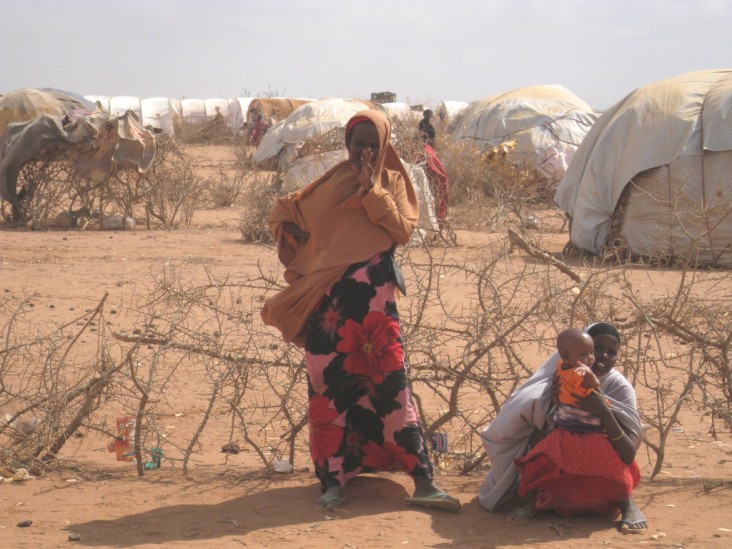
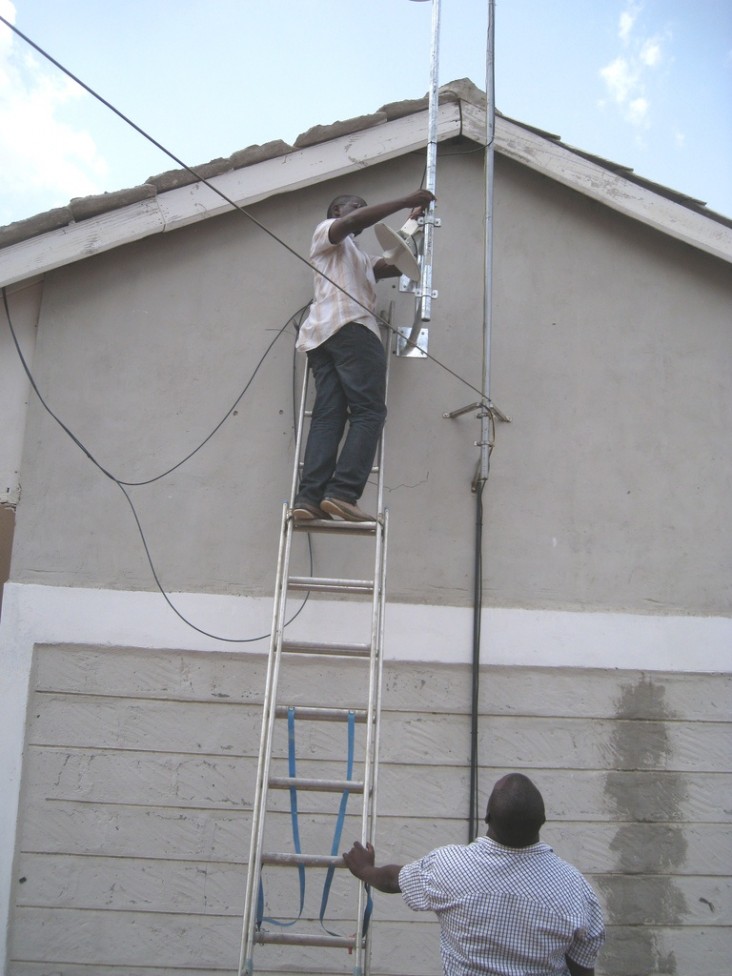
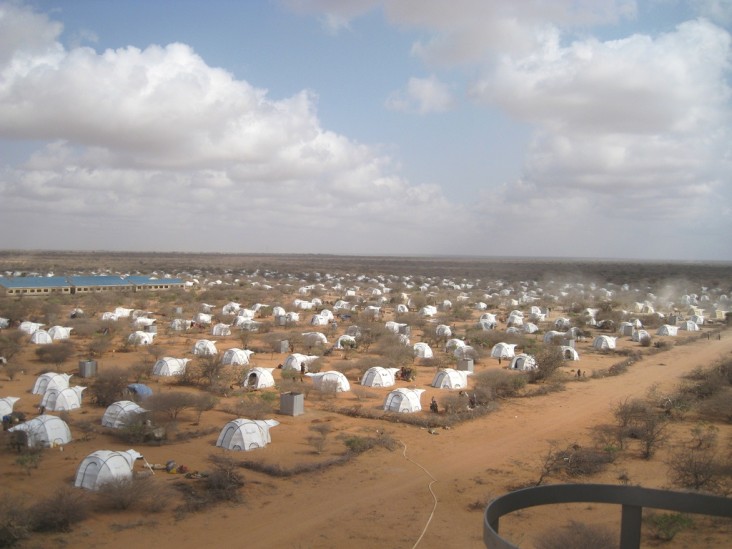
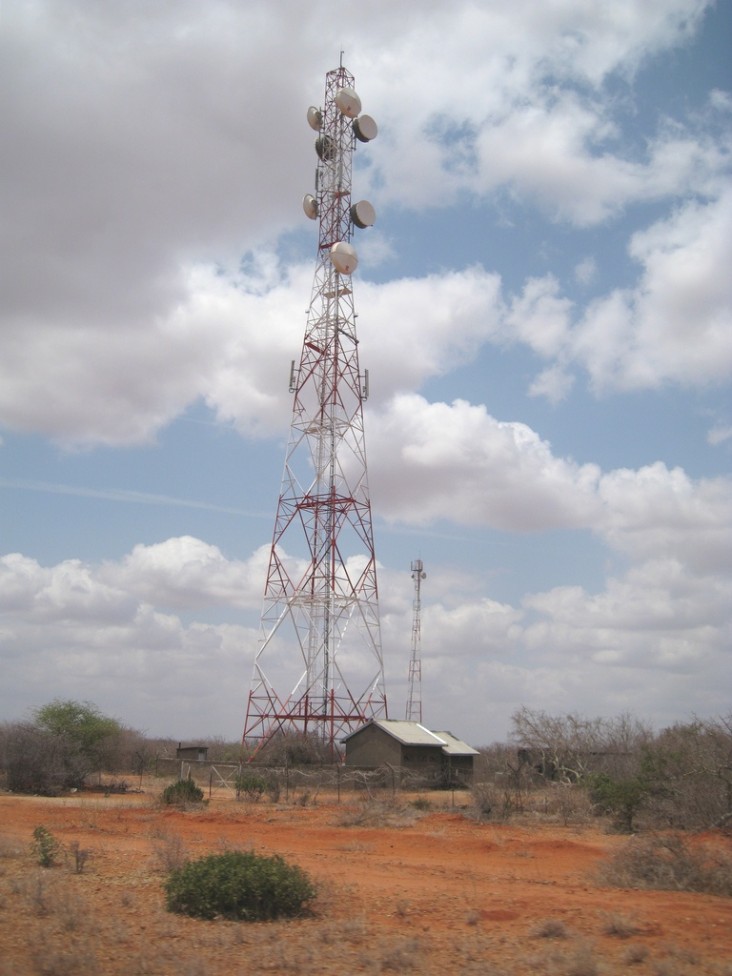
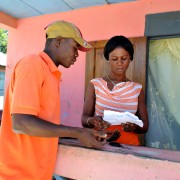
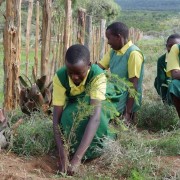
Comment
Make a general inquiry or suggest an improvement.